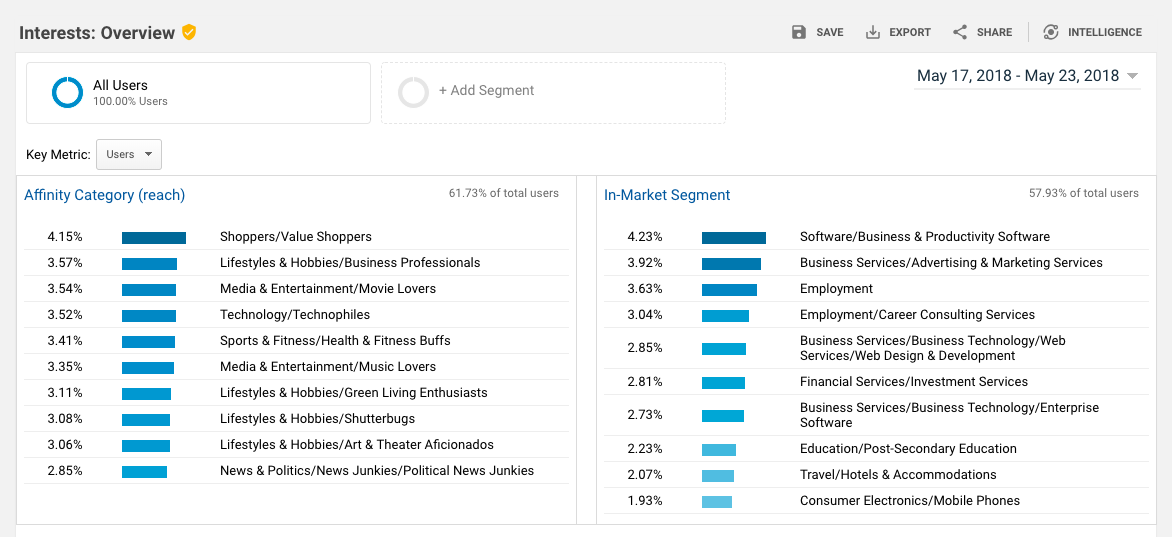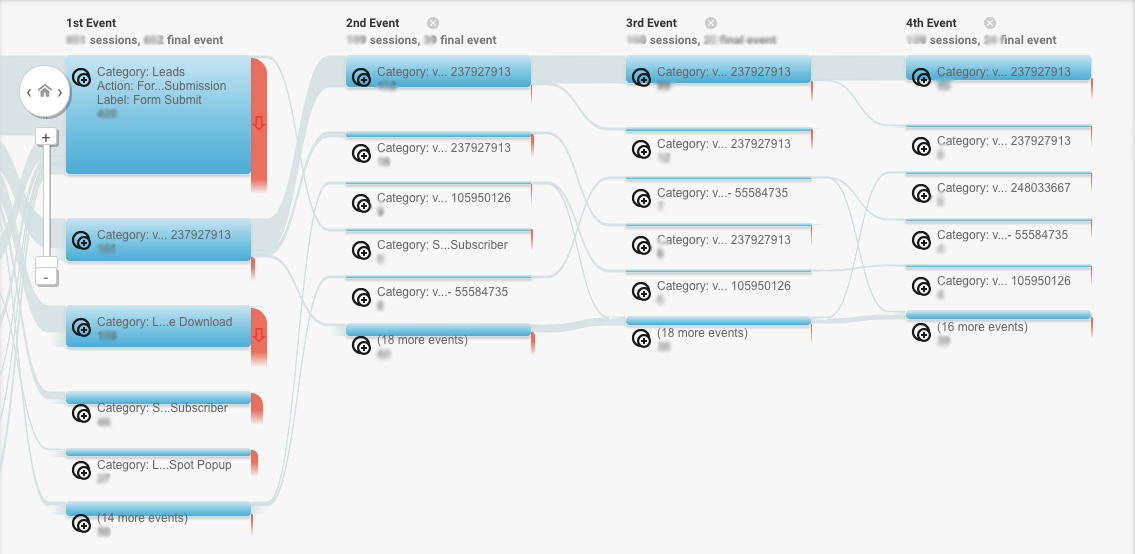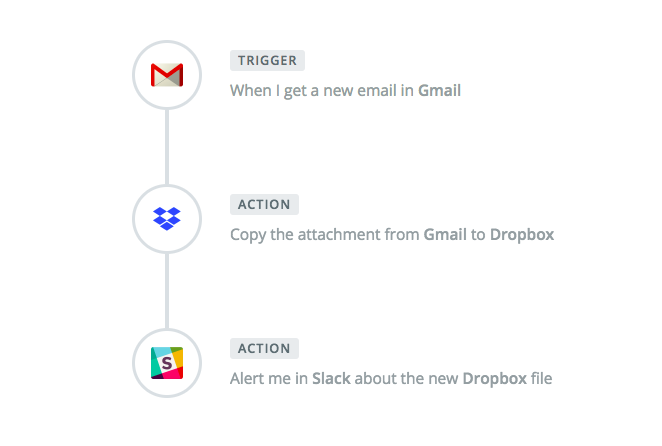Everyone knows you can make money online.
There is an endless stream of articles that will tell you “20 easy things to rake in $10,000 a month.”
The truth is: that sort of instant win doesn’t exist. Not for small businesses trying to drive online sales and not for major enterprises serving millions of customers.
Generating revenue from your business takes effort, and you also need the right tools to make it happen. But the most often overlooked business tool in your arsenal is: your website.
Many business owners think of their website as a digital brochure. It tells people your who, what, where and when, but beyond that doesn’t serve much purpose.
In reality, your business website is a tool like any other – but it’s going to be up to you to extract its value.
In this article, we’ve collected 6 ways you can get the most out of your business website, and get your web traffic working for you.
Some of them will take time to have an effect, but can ultimately create a situation where you can make better business decisions on everything from who your customers are to what products you should be making next.
Now without further ado, here are the tips!
1. Build an Accurate Buyer Profile
One of the most important things for any business is to know who your audience is.
And most businesses will have a good answer to that question. But for B2B businesses in particular, who the audience is and who the buyer is are often different.
A simple B2C example is kids cereal. The audience is kids. But the buyers are actually the parents. That’s why cereals like Cheerios advertise their high-fibre content on the front of the box – it’s for the buyers, not for the audience.
For B2B businesses, this challenge is even greater because they’re selling at an organizational level.
For instance, let’s say you make industrial microwaves for large kitchens. Your audience might be a kitchen manager or a culinary expert, but your buyer is likely a procurement officer or a spending committee.
The challenge is oftentimes, the buyer is obscured – companies don’t know who they’re pitching to.
How your website can help
A website can help in two key ways.
First, it gives companies an opportunity to see at an organizational level who is viewing their content and engaging with their site.
Using analytics tools provided by Google (and even Facebook and Linkedin), website owners can analyze what types of people are viewing specific sections of their website.

You can uncover insightful details about the audiences that matter most to you – things like what gender, age group and buyer profiles visit products pages compared to those that actually convert.
With these free analytics tools implemented on their websites, organizations can quickly see who’s actually paying for their purchases, and begin to tweak their tactics accordingly.
Second, it gives organizations a platform to pitch buyers rather than users, with dedicated content and sales enablement tools specific to that audience.
2. Extract Consumer Insights About Your Products
For manufactured goods and CPGs, an important source of revenue is new products. New products are responsible for around 30% of revenue for most organizations. It’s an essential revenue stream, and yet the failure rate of new products is astronomical.
What this means is:
- Organizations have to bring new products to market effectively to maximize this critical revenue stream.
- Organizations consistently fail to find a market for said new products.
How your website can help
A website can help by giving businesses insights into what current products and lines people are interested in.
By looking at browsing data (and accounting for things like promotional efforts, etc.) businesses can begin to see what products people like and don’t like.

What’s more, this can be combined with comments, questions, and reviews to understand where there might be a hole in the market or what features/functions need to be included in the next product or version.
For instance, if a company making fridges is seeing a significant amount of traction on their expensive smart fridges but then their traffic drifts back to lower-priced products, they might conclude there’s a hole in the market for a low-cost smart fridge.
3. Build Strategic Partnerships
Strategic partnerships are when organizations work together in such a way that both get a slice of the revenue pie. For B2B companies, these are an often-overlooked revenue channel.
Depending on the industry, this might manifest itself as affiliate/referral agreements, where the partner gets a cut from the final sale or a fee for every successful lead they drive.
It could also be a partnership with consultants or experts to recommend or implement your solution (common in software) or a partnership at a product/service level, where each partner helps build a better combo product (e.g. SubZero fridges being installed in fancy limos).
How your website can help
A website can help you build strategic partnerships in a few ways.
First, at a business level, partnerships get you outside your own bubble, and a website is a critical asset to make that happen.
If you build out unique partner pages targeting specific audiences, you make it clear you’re looking for organizations to connect with. And using an integrated registration process on your website will allow you to automatically capture interested partner prospects.
Second, affiliates and referrals rely on cookies to track the sales they originated. But affiliate partners also want to see how they are performing day-to-day without needing to contact a rep for a report.
To meet this need, you can create a private section of your website for your partners to log-in and access all their partner data. This won’t just make their lives easier – it will also free up your staff’s time.

A website makes forming strategic partnerships feasible at scale for businesses and can open up new audiences to your product.
4. Streamline Your Operational Processes
Most businesses have processes that rely on paperwork, emails or PDFs. From your website contact forms to customer support and even internal employee tasks, most businesses are saddled with administrative tasks that can be improved with digital technology.
And your website is the perfect platform to streamline those processes.
How your website can help
If you’re collecting information from external sources, a form on your website can collect the data you need from your users. Rather than just having that information sent to an admin person by email, through an integration point you can direct it straight into the system where you want it to be used.
For instance, does the person registering need to be added to a specific list in your email service provider, and an email automation program kicked off? Leveraging either a direct integration, or a third-party service like Zapier, this can be done automatically, without ever involving administrative personnel.

Basically, if you have a repetitive process that consumes significant administrative time, chances are it can be automated. And your website offers the foundation to create those new processes.
Enjoying this article?
Enter your email below to finish reading – including two more ways to use your website as a better business tool.
